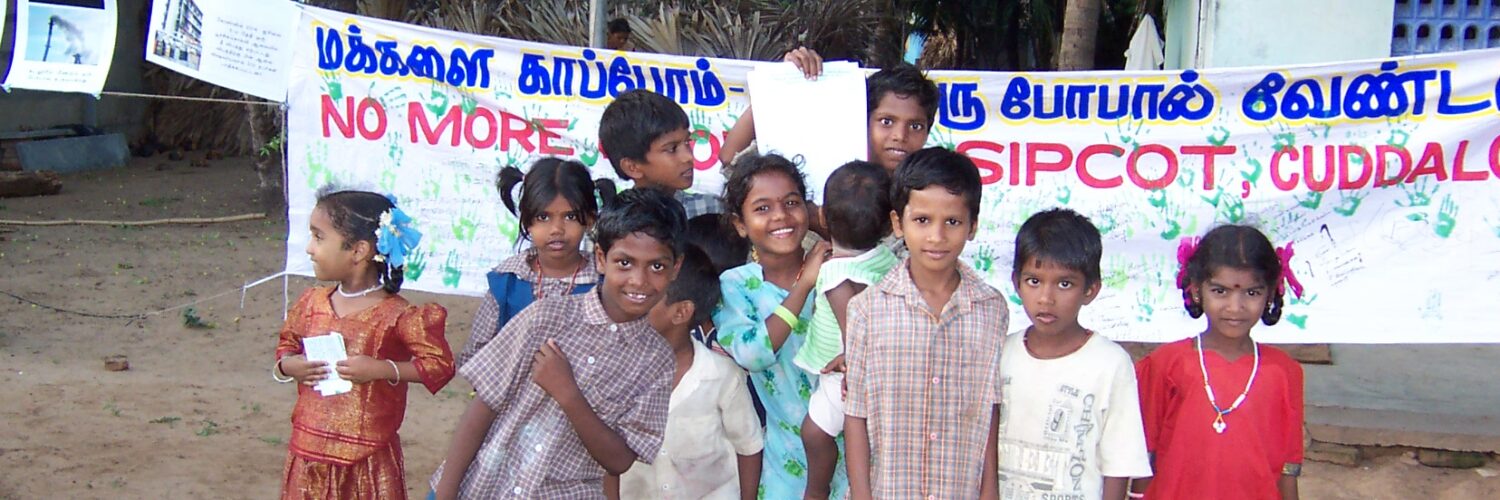The tribunal’s Southern Bench had taken suo moto cognisance of a report in The Hindu over an accident in Crimsun Organics Private Limited on May 13, that resulted in the death of four persons
The SIPCOT Area Community Environmental Monitors (SACEM) has placed a list of demands in a memorandum submitted to the joint committee appointed by the National Green Tribunal (NGT) to inspect a pesticide unit in Cuddalore SIPCOT and submit a factual as well as action taken report if any violation is found.
The Southern Bench of the NGT took suo moto cognisance of a report in The Hindu over a major industrial accident in Crimsun Organics Private Limited on May 13, that resulted in the death of four persons.
To ascertain the genuineness of the allegations made by the environmental watchdog, in the report and its impact, the NGT appointed a joint committee comprising the Cuddalore District Collector, senior officer from Tamil Nadu Pollution Control Board (TNPCB), senior officer from Central Pollution Control Board and senior officer from the SIPCOT.
According to SACEM coordinator T. Arul Selvam, “The joint committee should look into environmental damage and pollution that could potentially be caused due to solid and hazardous waste stored illegally inside closed or sick industries in addition to the non-complying pollution causative factors from industries under operation”.
He pointed out that Mycelium sludge lying within the premises of a closed industry was said to be polluting the adjacent Echangadu canal for several years now. The canal ultimately joins the Uppanar River, polluting it too.
The committee should ascertain whether adequate emergency evacuation plans for industrial accidents were in place, including all safety measures, and whether the ground truths concur with existing plans, he said.
The SACEM also demanded that the committee constitute a community-based local level crisis committee comprising stakeholders from pollution-impacted communities to respond effectively to any threatening disaster situation for the SIPCOT Cuddalore region.
A disaster management plan should be put in place for the entire SIPCOT area, including onsite and offsite emergency plans, to protect industrial workers, villagers and the ecosystem surrounding the industrial complex.
The district administration should also revive the forum for conducting quarterly meetings headed by the District Collector on health and environmental issues in the SIPCOT area that was in place for the last few years.
The forum should also include stakeholders, including environmental monitors, elected village representatives and officials from the TNPCB and the SIPCOT to converge the efforts for better environmental management, the SACEM said.
The Hindu
Fair Use Statement
